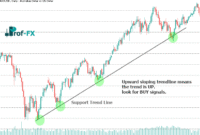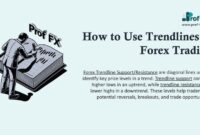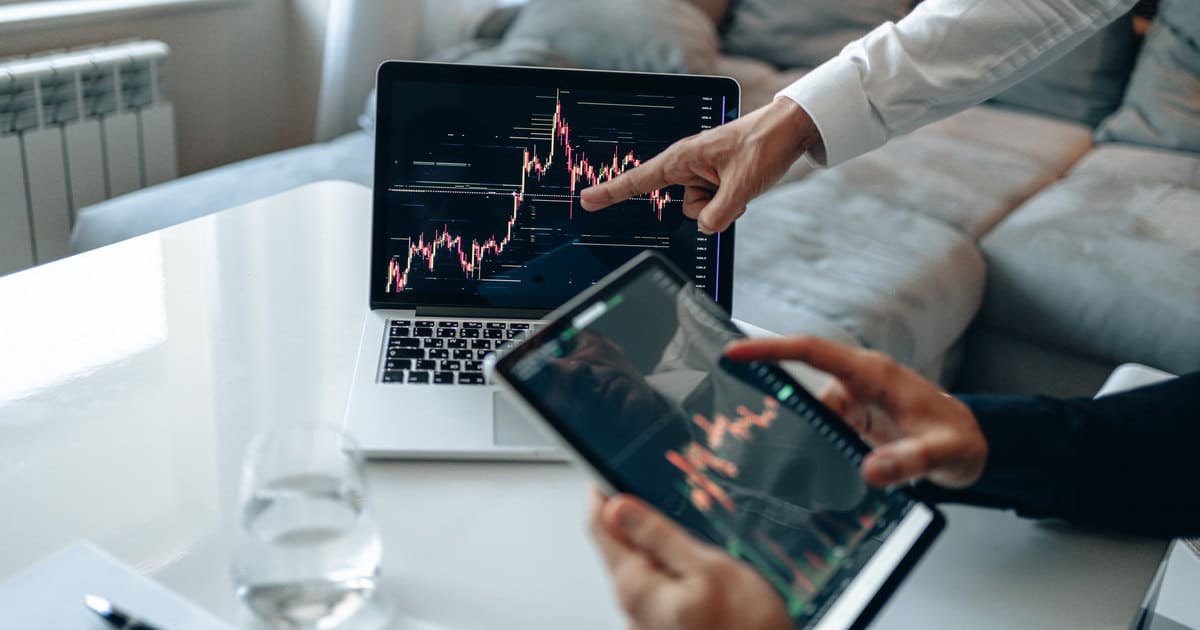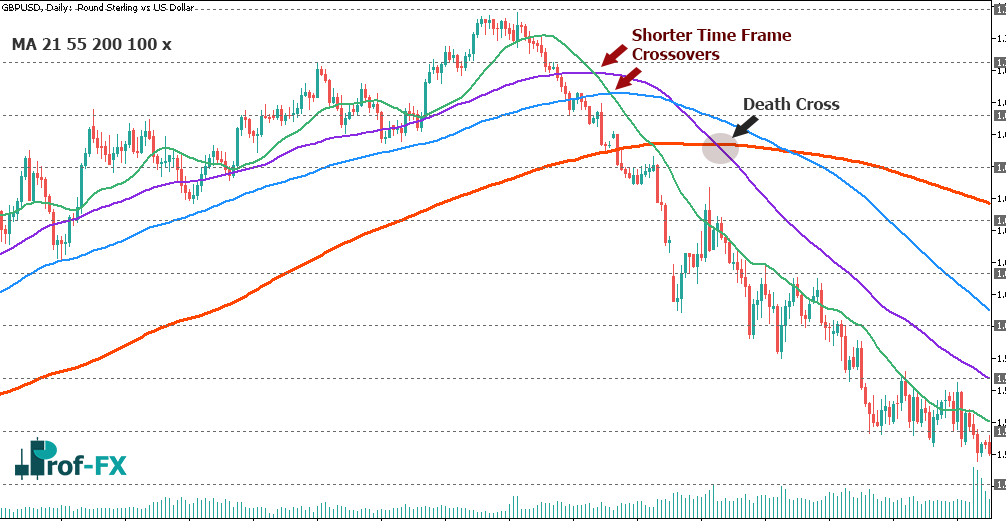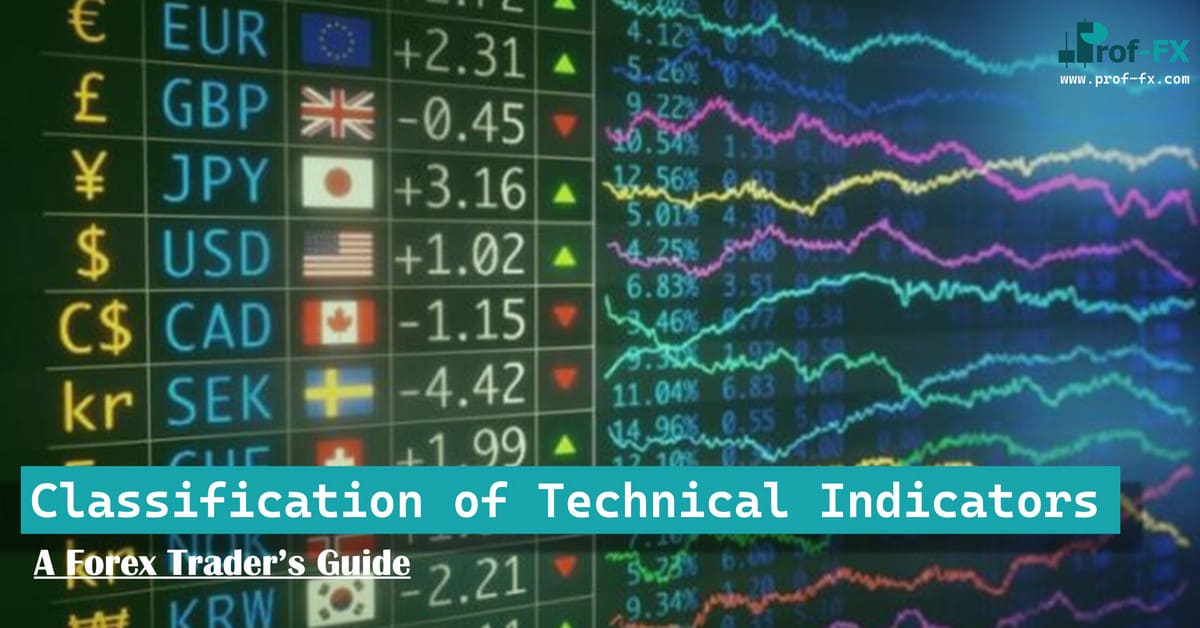Quantitative easing is a method of increasing the money supply and driving down interest rates that require the central bank to actually purchase assets such as U.S. Treasuries, mortgage-backed securities (MBSs), and other collateralized debt obligations (CDOs) instead of just borrowing them in short-term transactions.
Because the transaction is a purchase and not a loan, the central bank is under no obligation to return the assets, and the banks and other institutions from which the central bank purchased the assets are under no obligation to return the money.
This begs the question: where did the central bank get the money to buy the assets?
The answer: it didn’t get it from anywhere. It created it when it made the credit entry in the seller’s account.
Inflation
Whenever you hear talk of money creation or printing money the word that inevitably follows next in the discussion is inflation. Inflation is a phenomenon that occurs when there is an increase in the money supply that leads to a general and persistent rise in prices as too many dollars chase too few goods.
Inflation is a concern for everyone because it robs us of our purchasing power. Put another way, inflation makes every dollar that we own worth less tomorrow than it is worth today because, as prices rise, we won’t be able to buy the same amount of goods tomorrow as we can today for that same dollar.
As you can imagine, inflation is also a major concern for Forex investors.
Nobody wants to buy a currency that is going to be losing value because of an increase in the money supply. It’s like owning an autographed Babe Ruth baseball card. It is valuable not only because Babe Ruth was an incredible baseball player, but also because the cards are so rare. If everyone had an autographed Babe Ruth baseball card, they wouldn’t be worth that much.
So as you analyze the various driving forces in the Forex market, make sure to pay close attention to inflation rates, as rising inflation often leads to a weaker currency.
We’ll be discussing inflation in more detail in “Navigating the Economic Calendar,” because there are some caveats concerning the effect that rising inflation may have on a currency, but overall, inflation is typically bad news for the value of a currency.
Purchasing Power Parity Theory
This concept of a currency getting weaker when the country that issues it starts experiencing a rise in inflation is the basic premise of another currency-pricing model called the purchasing power parity theory.
The purchasing power parity theory suggests that you should be able to buy the same basket of goods for the same amount of money, regardless of which country you are in.
Here’s how it works. The theory suggests that if you can buy a basket of goods in the United States for $100 and the exchange rate between the U.S. dollar and Switzerland (USD/CHF) is 1500, then you should be able to buy the same basket of goods in Switzerland for Fr115. Unfortunately, that is not often the case.
Here’s where the theory comes in. The theory holds that an imbalance in purchasing power parity will ultimately be rectified by a change in the value of the currencies.
The thinking goes something like this: if a basket of goods in one country is more expensive than the same basket of goods in another country, the value of the currency with the more expensive goods should decrease to bring prices back into balance.
While this theory offers some basic guidance on the relationship between inflation rates and currency values, it does have some flaws.
As the balance of payments theory and the interest-rate parity theory, the purchasing power parity theory looks at only one source of the decrease in demand for a currency with rising inflation, and as we have clearly seen, it is impossible to get an accurate reading on the fundamental forces that are driving the value of a currency by looking at any one of them in a vacuum.
However, if you want to explore the purchasing power you currently have in any one country, you can look at the purchasing power parities (PPPs) data kept by the Organization for Economic Cooperation and Development (OECD).
You can also check out the “Big Mac Index” that is maintained by the folks at The Economist.
This takes the purchasing power parity idea down from what it would cost to buy a basket of goods to a simpler question of what it would cost to buy a Big Mac because you can buy a Big Mac pretty much anywhere in the world.



